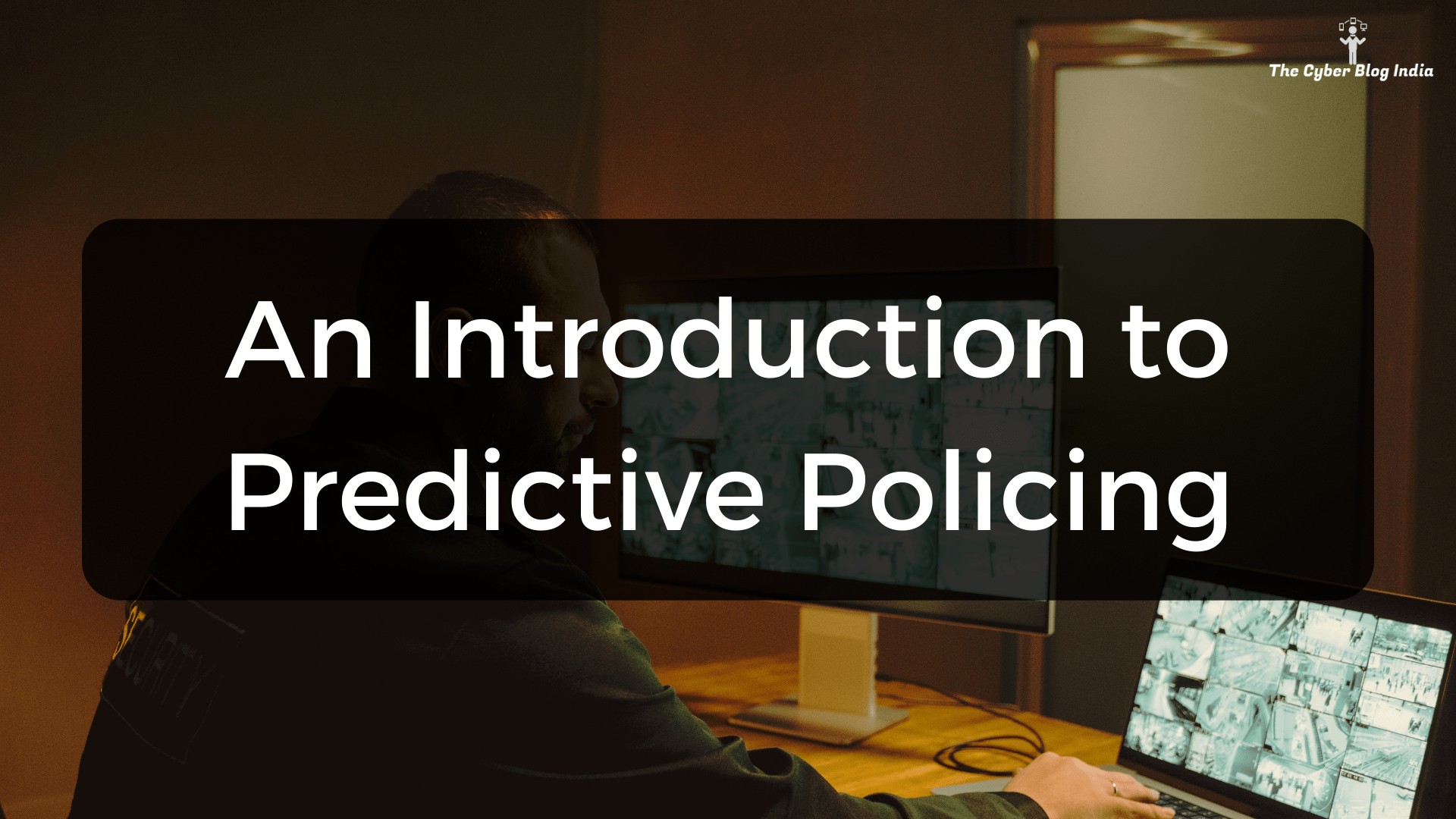The promise of predictive policing technology sounds almost utopian: leveraging the power of data and artificial intelligence to anticipate and even prevent crime, making communities safer and optimizing law enforcement resources. This innovative approach utilizes complex algorithms to analyze vast datasets, including historical crime records, demographic information, social media trends, and even weather patterns, to forecast when and where criminal activity is most likely to occur. The allure of a proactive, data-driven policing strategy is undeniable, offering the potential to move beyond reactive responses to a more efficient and targeted approach to public safety. However, beneath this promising surface lies a labyrinth of profound ethical considerations that demand meticulous examination and thoughtful societal discourse.
One of the most significant ethical concerns surrounding predictive policing tech is the inherent potential for **bias and discrimination**. These sophisticated algorithms are only as unbiased as the data they are trained on. Unfortunately, historical crime data, accumulated over decades, often reflects existing societal biases, systemic discrimination, and patterns of disproportionate policing in certain communities, particularly those with higher concentrations of ethnic minorities or lower socioeconomic status. If an algorithm learns from data indicating more arrests in specific neighborhoods, it will then “predict” higher crime rates in those very areas, leading to increased police presence. This creates a dangerous **feedback loop**: more policing in these areas leads to more arrests, which in turn feeds the algorithm with more data reinforcing its original, potentially biased, predictions. The result can be the perpetuation and amplification of existing inequalities, leading to over-policing and the stigmatization of entire communities, eroding trust between law enforcement and the public.
Beyond algorithmic bias, predictive policing technology raises fundamental questions about **individual liberties and the presumption of innocence**. Traditional policing operates primarily on the principle of individualized suspicion, requiring concrete evidence or reasonable suspicion before intervention. Predictive policing, by contrast, shifts towards preemptive action based on statistical probabilities rather than actual observed behavior. This can lead to individuals being subjected to increased surveillance, stops, or even interventions simply because they live in an area flagged as “high-risk” or fit a “profile” generated by the algorithm. This erosion of individualized suspicion can undermine foundational civil liberties, including the right to privacy and the presumption of innocence, raising concerns about a society where individuals are treated as potential threats based on algorithmic forecasts rather than concrete evidence of wrongdoing.
The extensive **surveillance and privacy implications** are also a major ethical headache. To function effectively, predictive policing systems often require vast quantities of data, sometimes merging diverse datasets from various sources, including public records, social media, and even private information. This extensive data collection and analysis capability raises serious privacy concerns, as individuals may find their activities monitored and their information aggregated without their explicit knowledge or consent, simply because they fall within a predicted “hotspot” or match certain demographic criteria. The idea of being constantly tracked or profiled by an opaque algorithmic system can create a “chilling effect,” discouraging freedom of expression and movement, and fostering deep mistrust between citizens and authorities.
Moreover, the **lack of transparency and accountability** in many predictive policing systems presents a significant ethical challenge. Often, the algorithms themselves are proprietary, developed by private companies, making it difficult for external auditors, policymakers, or the public to understand how decisions are being made. The “black box” nature of these systems makes it challenging to scrutinize their fairness, identify sources of bias, or hold anyone accountable when errors or injustices occur. Without transparency, it’s nearly impossible to ensure that these powerful tools are used ethically and in a manner that aligns with democratic values and human rights. This lack of oversight can lead to a sense of arbitrary decision-making and a further erosion of public trust in law enforcement.
Mitigating these ethical harms requires a multi-pronged approach. Firstly, there is an urgent need for **robust regulatory frameworks and independent oversight**. Governments, like the European Union with its AI Act, are beginning to classify predictive policing systems as “high-risk AI,” imposing strict requirements for transparency, human oversight, and bias mitigation. Such regulations should mandate regular, independent audits of algorithms and data sources to identify and rectify biases. Secondly, **data quality and collection practices** must be rigorously scrutinized. Law enforcement agencies need to invest in cleaning historical data, actively working to remove inherent biases, and prioritizing the use of aggregated, anonymous environmental data over personal data whenever possible.
Crucially, **human oversight and judgment must remain paramount**. While AI can provide insights, it should never replace the critical thinking and ethical decision-making of trained police officers. Algorithms should serve as a tool to inform, not dictate, policing strategies. Finally, **community engagement and public dialogue** are essential. Transparency about the deployment of predictive policing tools and active involvement of community members in the decision-making process can help build trust, address concerns, and ensure that these technologies genuinely serve public safety without disproportionately impacting vulnerable populations.
In conclusion, predictive policing technology stands at a complex ethical crossroads. While it holds the potential to enhance efficiency and public safety, its deployment carries significant risks of perpetuating bias, infringing on civil liberties, and eroding public trust. The challenge lies in developing and implementing these technologies responsibly, ensuring that their use is guided by strong ethical principles, robust legal frameworks, transparent oversight, and a deep commitment to fairness and equity for all members of society. Only then can we harness the power of predictive analytics while safeguarding the fundamental rights and values that underpin a just society.




